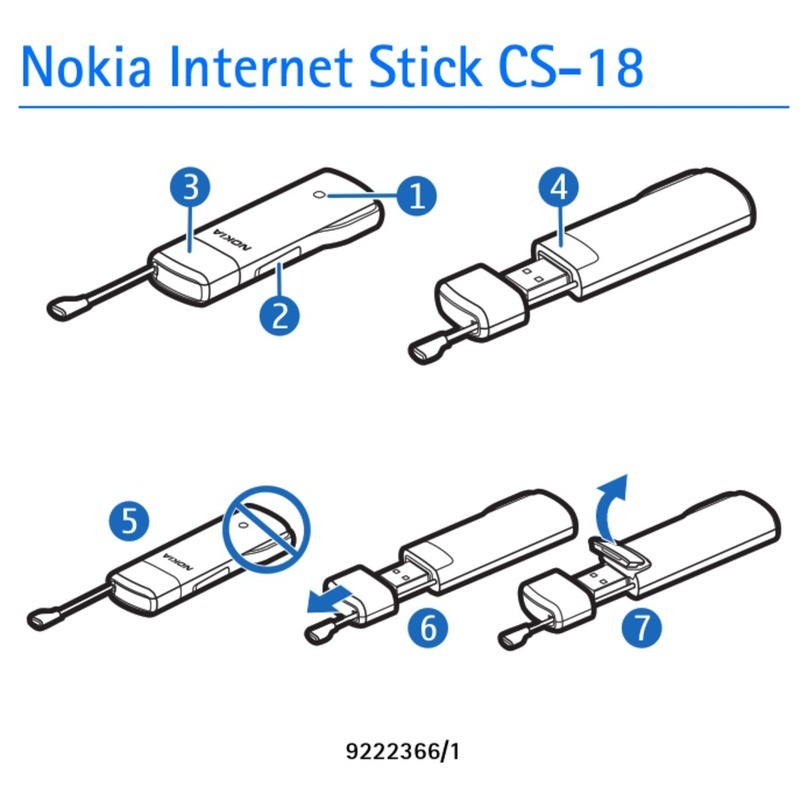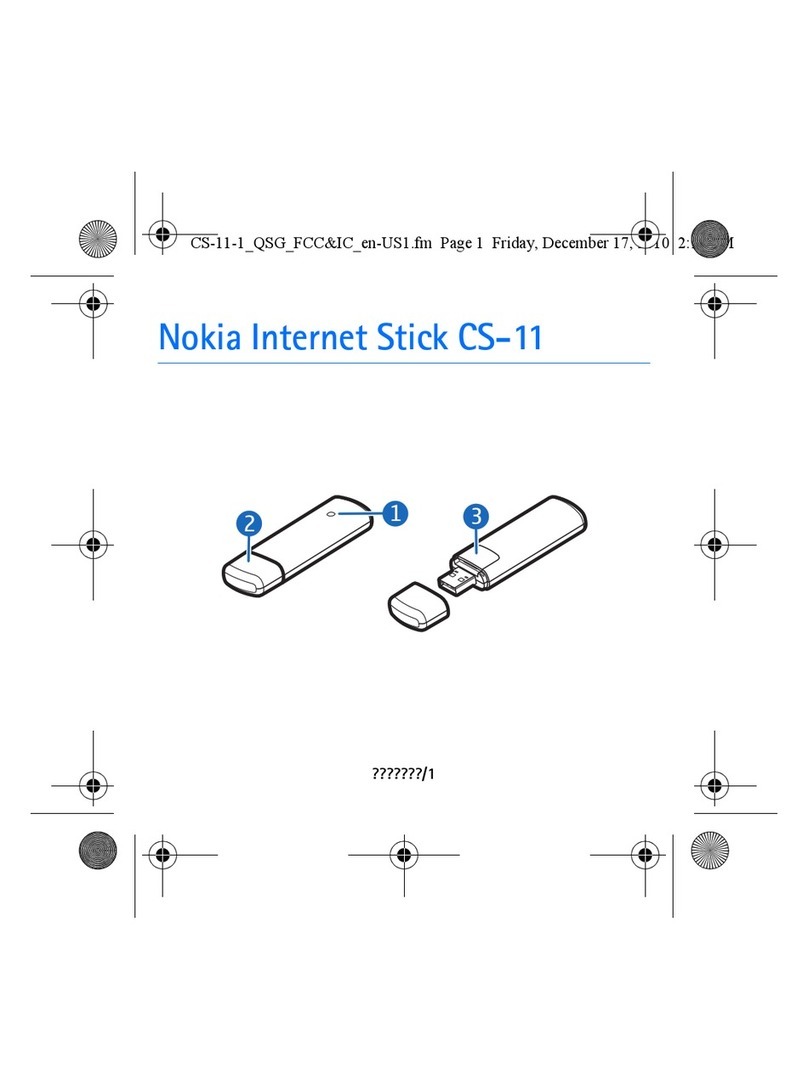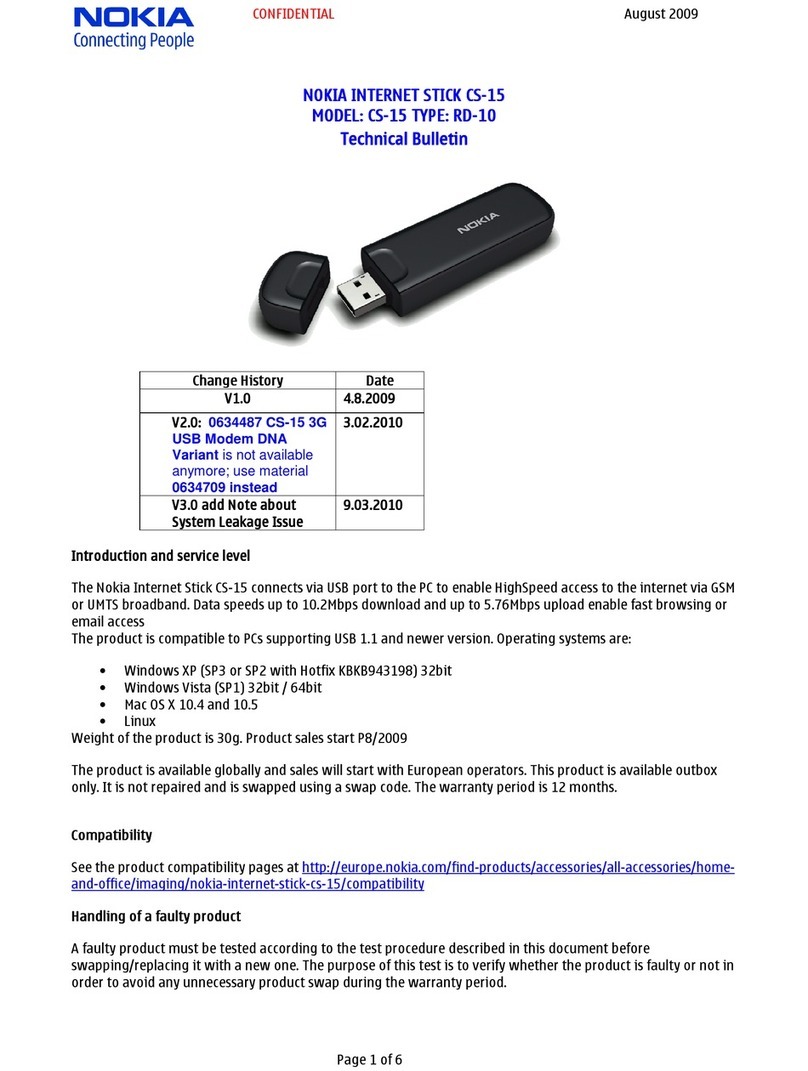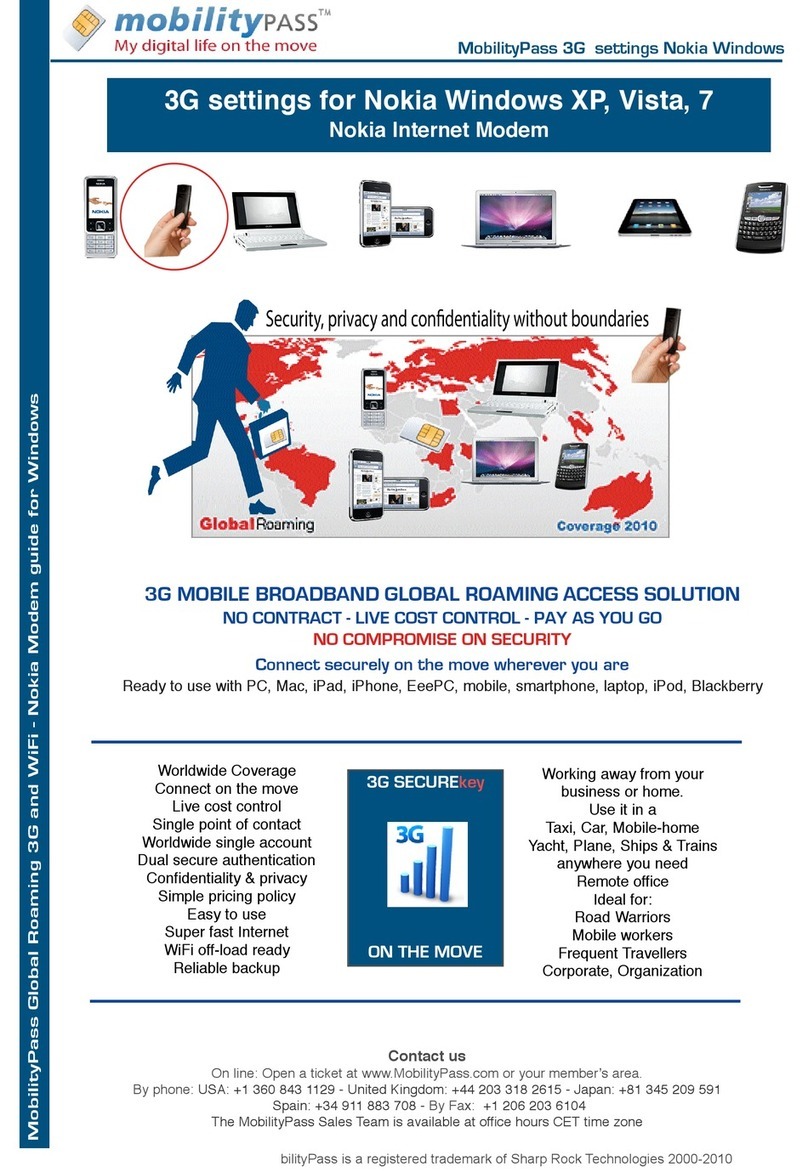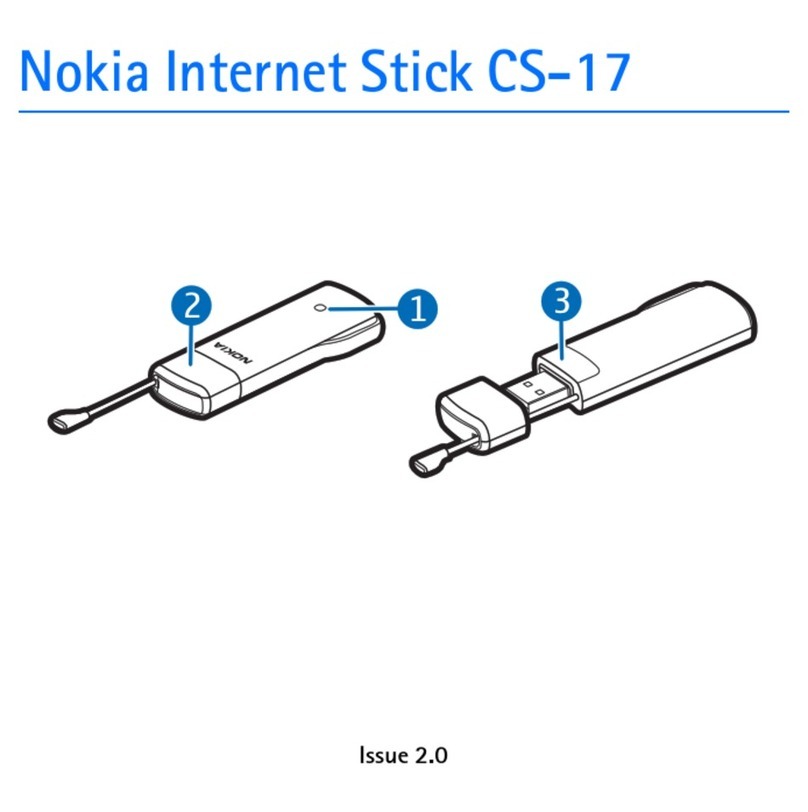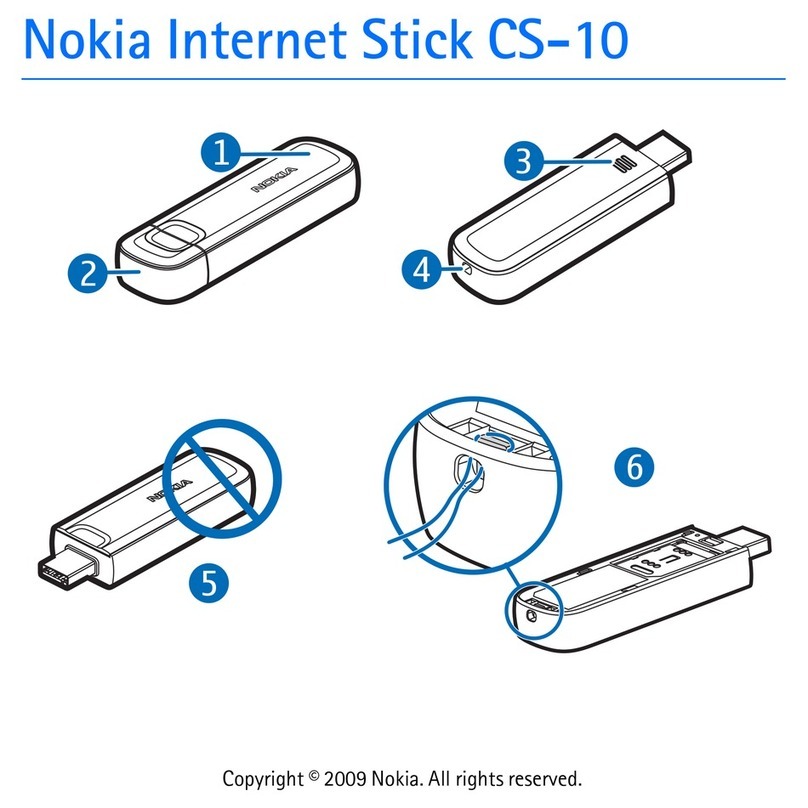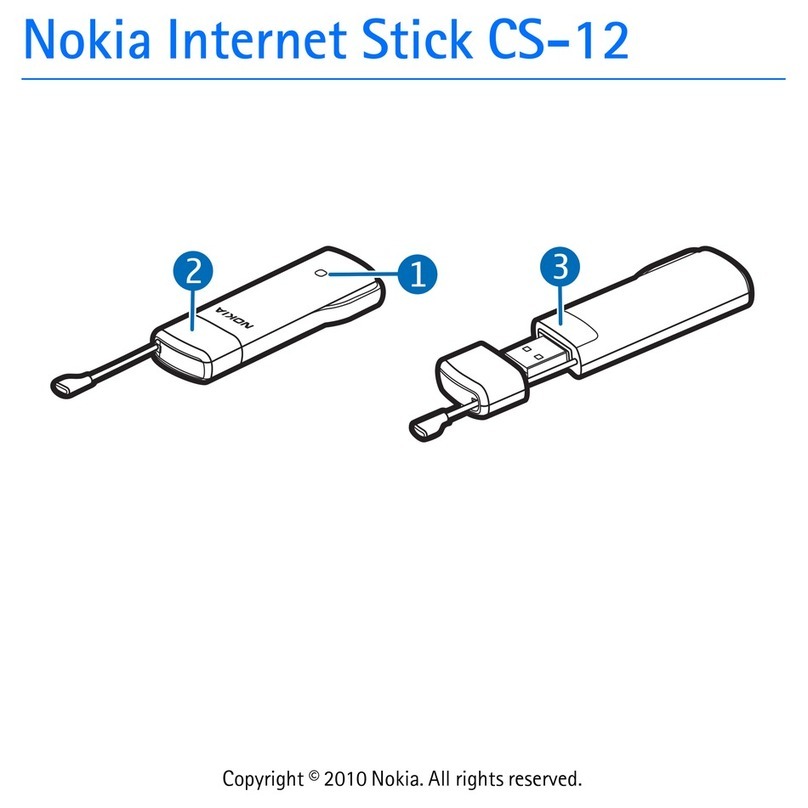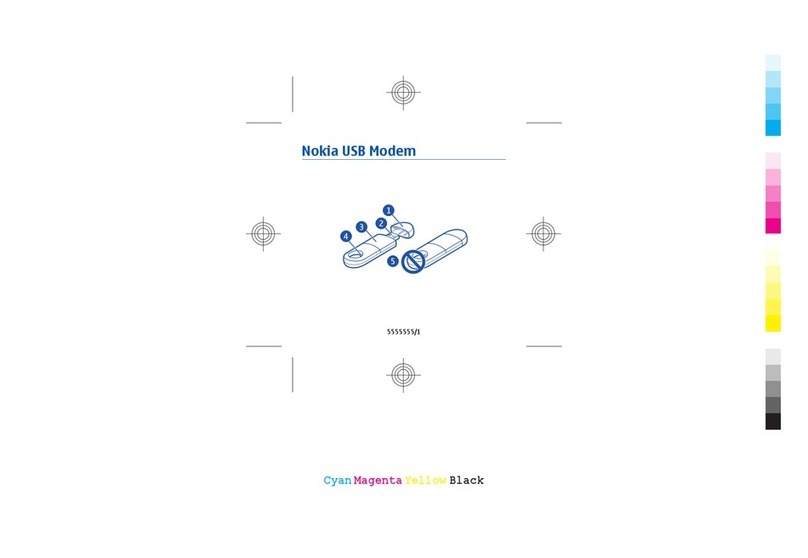
Copyright ©2010 Nokia. All rights reserved. 3
DECLARATION OF CONFORMITY
Hereby, NOKIA CORPORATION declares
that this RD-10 product is in compliance
with the essential requirements and
other relevant provisions of Directive
1999/5/EC. A copy of the Declaration of
Conformity can be found at http://
www.nokia.com/phones/
declaration_of_conformity/.
© 2010 Nokia. All rights reserved.
Nokia, Nokia Connecting People and the
Nokia Original Accessories logo are
trademarks or registered trademarks of
Nokia Corporation. Other product and
company names mentioned herein may
be trademarks or tradenames of their
respective owners.
Reproduction, transfer, distribution, or
storage of part or all of the contents in
this document in any form without the
prior written permission of Nokia is
prohibited. Nokia operates a policy of
continuous development. Nokia reserves
the right to make changes and
improvements to any of the products
described in this document without
prior notice.
To the maximum extent permitted by
applicable law, under no circumstances
shall Nokia or any of its licensors be
responsible for any loss of data or
income or any special, incidental,
consequential or indirect damages
howsoever caused.
The contents of this document are
provided "as is". Except as required by
applicable law, no warranties of any
kind, either express or implied,
including, but not limited to, the implied
warranties of merchantability and
fitness for a particular purpose, are
made in relation to the accuracy,
reliability or contents of this document.
Nokia reserves the right to revise this
document or withdraw it at any time
without prior notice.
The availability of particular products
and applications and services for these
products may vary by region. Please
check with your Nokia dealer for details,
and availability of language options.

